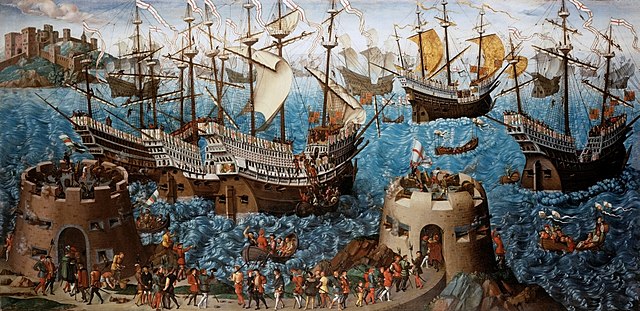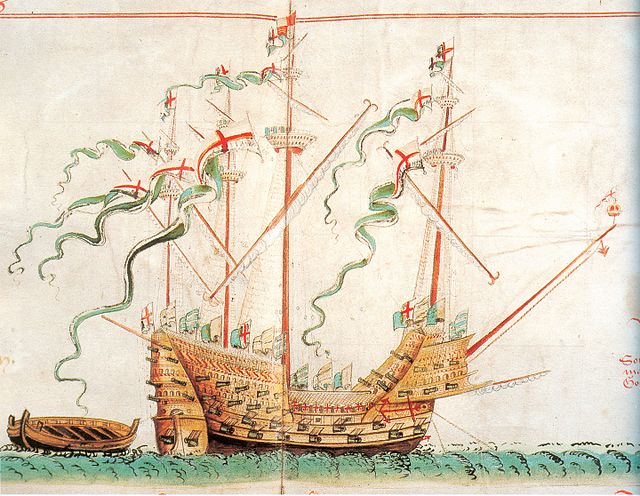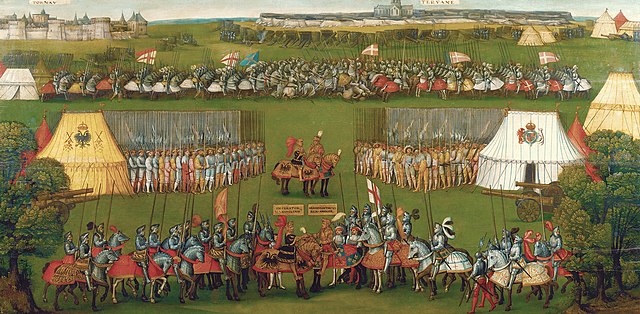Tudor Revival architecture
Tudor Revival architecture, also known as mock Tudor in the UK, first manifested in domestic architecture in the United Kingdom in the latter half of the 19th century. Based on revival of aspects that were perceived as Tudor architecture, in reality it usually took the style of English vernacular architecture of the Middle Ages that had survived into the Tudor period.
Half-timbering, Gothic Revival tracery and Jacobean carved porch brackets combine in the Tudor Revival Beaney Institute, Canterbury, built in 1899
Vine Cottage, Blaise Hamlet, John Nash, 1812
Dalmeny House near Edinburgh, 1817, by William Wilkins
The Bakken Museum in Minneapolis, Minnesota, built 1928–1930
In England and Wales, the Tudor period occurred between 1485 and 1603, including the Elizabethan era during the reign of Elizabeth I (1558–1603). The Tudor period coincides with the dynasty of the House of Tudor in England, which began with the reign of Henry VII. Under the Tudor dynasty, art, architecture trade, exploration and commerce flourished. Historian John Guy (1988) argued that "England was economically healthier, more expansive, and more optimistic under the Tudors" than at any time since the Roman occupation.
An allegory of the Tudor succession.
Henry VIII embarking at Dover. Dover Castle is depicted at top left.
The Tudor navy carrack Henry Grace à Dieu. In her day she was the largest warship in the world.
Flemish painting showing the encounter between Maximilian I, Holy Roman Emperor and Henry VIII. In the background is depicted the Battle of the Spurs against Louis XII of France.








